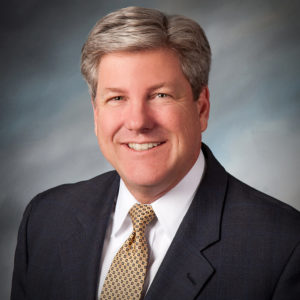This article originally appeared on Yahoo.com by Coryanne Hicks.
In April 2016, a new word entered many investors’ vocabularies: fiduciary. Even for those who’d heard it before, the term took on a whole new meaning when the Department of Labor’s Fiduciary Rule was released. The rule was officially vacated by the Fifth Circuit Court of Appeals in June 2018, but resurfaced in a less restrictive form in 2020. The latest version was approved by President Joe Biden’s administration and went into effect on Feb. 16, 2021.
With the rule, financial advisors fall into two camps: fiduciaries and nonfiduciaries, adding a new level of confusion — and risk — to the advisor-client relationship for many investors. Not only are there fiduciaries and nonfiduciaries, but also true fiduciaries and pretend fiduciaries, which present even bigger risks to investors.
“Pretend fiduciaries talk like fiduciaries to sound trusting, then they act like salesmen,” says Knut Rostad, founder and president of the Institute for the Fiduciary Standard, a nonprofit that advocates for the fiduciary standard in McLean, Virginia. They can say things that mislead and confuse investors who don’t understand the full scope of the rule and their rights.
This is the crux of the issue, he says. To call both sales brokers and fiduciary advisors “advisors” only creates confusion. “We don’t confuse dietitians with butchers or medical doctors with drug companies,” he says. But the financial industry appears happy to perpetuate such confusion.
A 2019 Financial Trust Report by digital wealth manager Personal Capital found that nearly half of Americans falsely believe all advisors are legally required to always act in their clients’ best interests. Not only is this inaccurate, but it can also be detrimental to investors who unwittingly expose themselves to biased and potentially costly advice from advisors who put their own interests before investors’ interests.
Read the full story on Yahoo.com.

